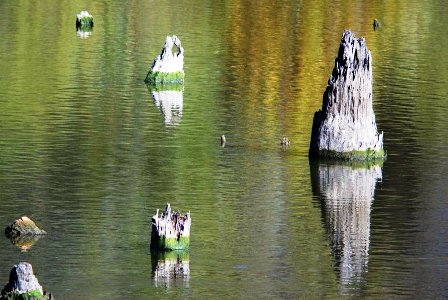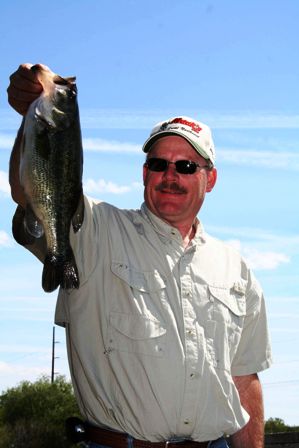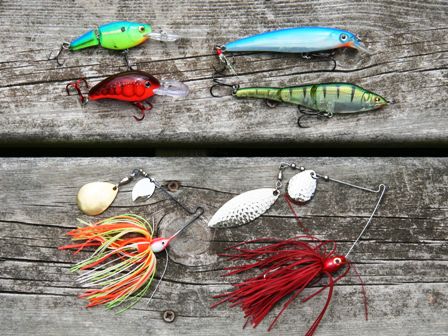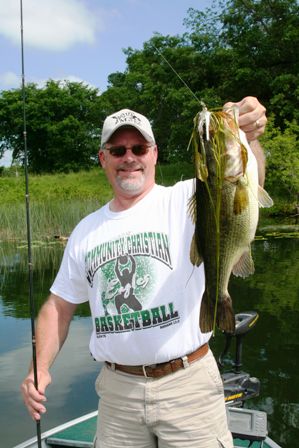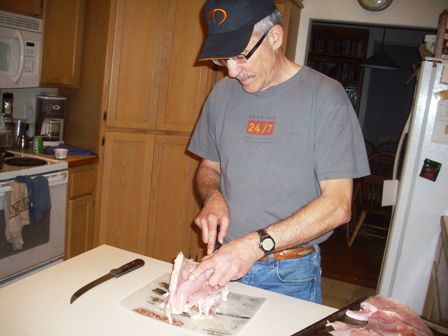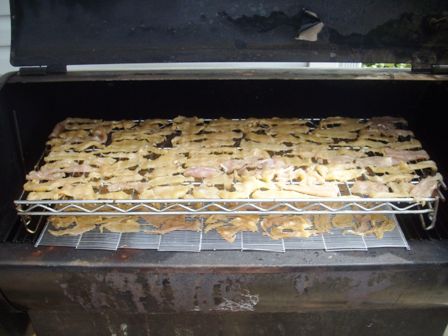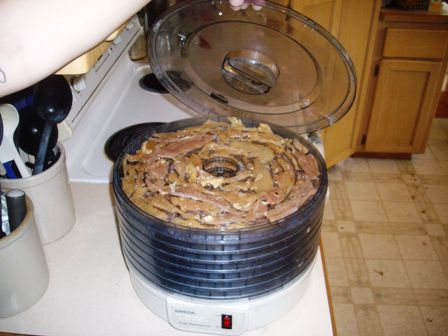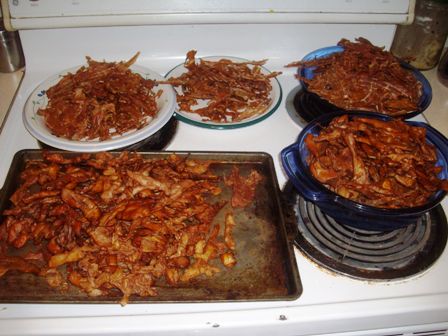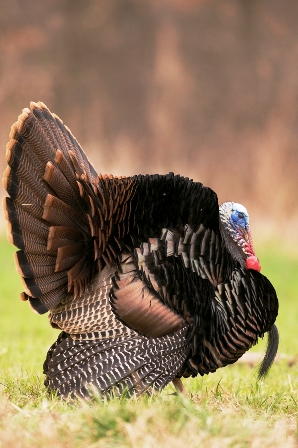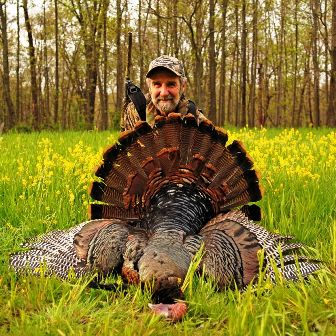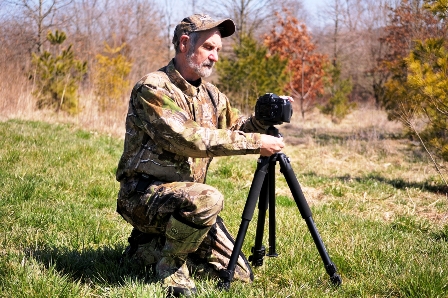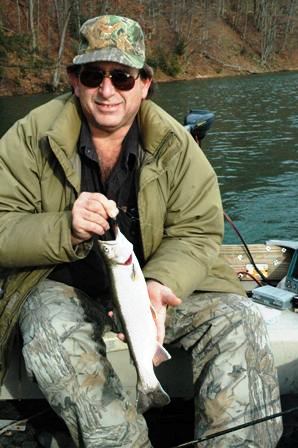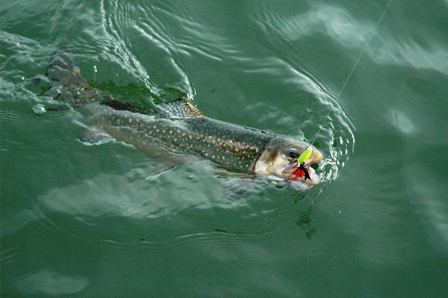Innovative Black Bear Baiting Tactics
by Bernie Barringer
Book Review by Steve Sorensen
Occasionally the Havalon Sportsman’s Post reviews books we’re sure you’ll benefit from. Here’s a book by Bernie Barringer, a black bear expert if there ever was one.
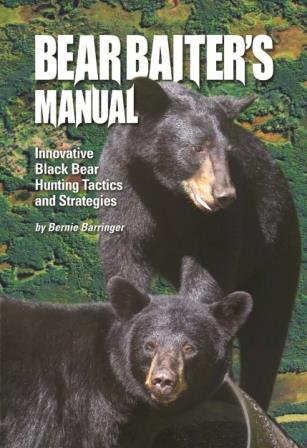 The author knows his stuff. He ought to, because he has been baiting bears for himself, his family and his friends for decades. And he’s been hunting bears with guides for just as long. And he’s been writing and editing the work of others who write about bears for several years.
The author knows his stuff. He ought to, because he has been baiting bears for himself, his family and his friends for decades. And he’s been hunting bears with guides for just as long. And he’s been writing and editing the work of others who write about bears for several years.
He just might be North America’s leading expert on baiting black bears. Of course, I have no way of knowing that for sure, but I’ve read a lot of books on bear hunting and none are as comprehensive as this one on the topic of baiting. If you think baiting bear amounts to dumping some doughnuts in front of a treestand, well, you’ve probably never seen a bear bait.
The Truth About Bear Baiting
He begins by dispelling the view that baiting is easy. It’s not. It’s just easier than the impossible task of finding a bear to shoot in a jungle so thick you can’t see more than a few feet in front of you.
And the impossibility of finding a bear that way (to say nothing of the danger) isn’t so much because you can’t see. It’s because he can smell you so you won’t see him. In chapter after chapter, Barringer praises the bear for his powerful nose – because over and over and over he has witnessed bears using it to survive. A successful bear baiter must conquer the bear’s nose.
After a quick opening chapter on the amazing ways black bears are equipped to survive, he organizes his topics from general to specific: general bait locations, specific sites, picking out the precise spot, site improvement, placing a treestand, and cutting shooting lanes.
Packed with Tips It Would Take An Entire Career To Learn
Barringer delves into the baits themselves – what to use when starting a bait site, how the nutritional needs of bears relate to your bait, how much and how often to bait, how to fine-tune your bear bait to the individual tastes of bears, what are various ways to present the bait… the good stuff just keeps coming.
Here are a couple of tips I’ve never read anywhere else (1.) For a much greater chance the bear will come to your bait in daylight, locate it so he has a line of travel that keeps him in thick cover. (2.) The perfect shape for a bait site is a lightbulb-shaped opening with the stand at the stem end and the bear bait at the bulb end. Those are just two. Read the book with a highlighter – you’ll find a lot more.
Most book titles promise more than they deliver. Not this one. It is about bear baiting – you can learn other things from other books. To the degree Barringer discusses weapons, trail cameras, bug protection and other things – it’s all about how they relate to baiting.
The Three Audiences That Need This Book
- The frequent bear hunter. You’ll know how to evaluate outfitters after reading this book. Second, outfitters themselves.
- Outfitters seldom see how others do it, so the good ones subtly pick the brains of the hunters they guide to glean information that will make them better. There’s more here than any outfitter will ever learn on his own.
- The do-it-yourself hunter. This book will shorten the learning curve and give a hunter a lifetime of experience almost instantly.
Who knew a writer could fill 220 pages with quality content about baiting bears? Bear Baiter’s Manual is all that and more, including 90 color photos. You can order it from the author’s website www.bowhuntingroad.com. If you have any interest in black bears, it will be the best $20 you’ve ever invested in bear hunting.
About Steve Sorensen…
Outdoor writer and speaker Steve Sorensen writes an award-winning newspaper column called “The Everyday Hunter®,” and he is the editor of the Havalon Sportsman’s Post. He has also published articles in Deer & Deer Hunting, Sports Afield, and many other top magazines across the USA. Invite Steve to speak at your next sportsman’s event, and follow him at www.EverydayHunter.com.
To read more articles on Bear Hunting, click here.
See the best hunting knife for bear hunters here.
Related articles
5,897 total views, no views today



